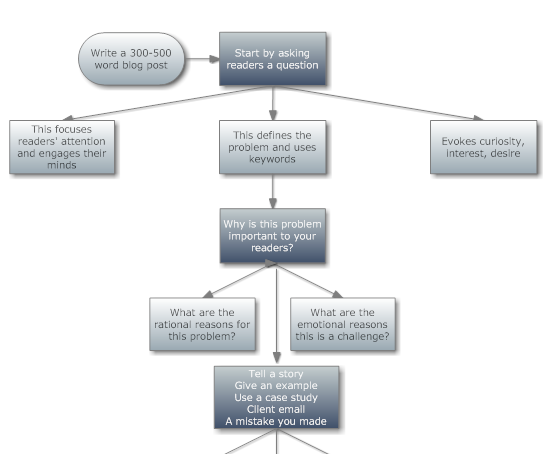 After I got home from our Publishing at Sea cruise, I checked out the good blogs of our amazing group of authors, including those of our experts, like Judith Briles! Of course, as writers, they all had important things to say on their blogs. But some weren’t really optimized for best results.
After I got home from our Publishing at Sea cruise, I checked out the good blogs of our amazing group of authors, including those of our experts, like Judith Briles! Of course, as writers, they all had important things to say on their blogs. But some weren’t really optimized for best results.
Here’s what I look for in an optimized, good blog (one that gets Google search and reader results):
- A good blog title with a tag line that says what people will find on this blog (benefits to reader)
- An email subscription sign up button such as an RSS icon
- A good blog post title that makes me want to read the full post
- A compelling image with each post
- Hyperlinks – at least one per 120 words so that posts are identifiable to search engines.
- Recent posts or no date on them: If posts aren’t at least once a week (twice is better) then I don’t want to see a date on the posts -which alerts me to the fact you haven’t posted in a month … or six! Read More→












